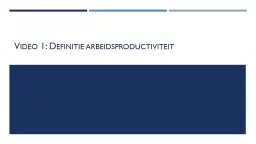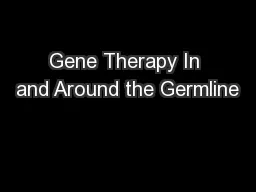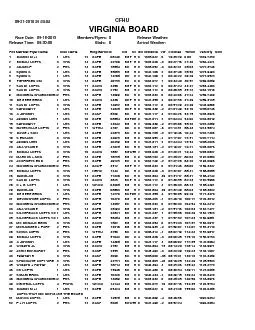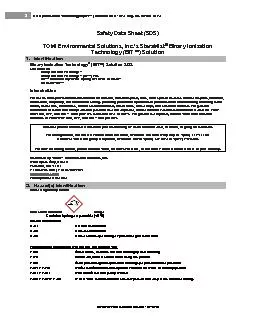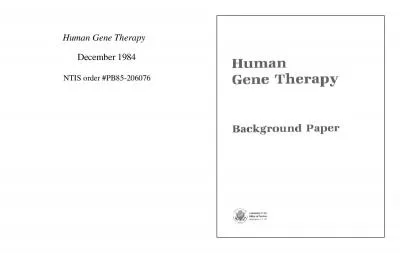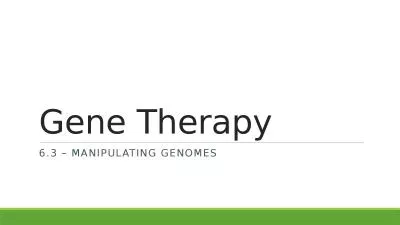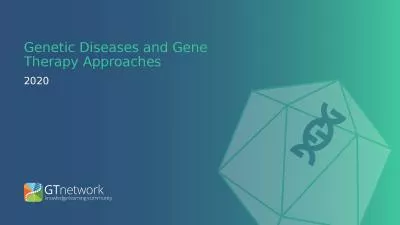PPT-Safety Evaluation of IV-administered BBP-812, an AAV9-based Gene Therapy for the Potential
Author : emily | Published Date : 2022-06-01
May 13 2021 David Scott 2 I am a shareholder and employee of BridgeBio Pharma Inc the parent company of Aspa Therapeutics 3 4 Canavan disease is characterized by
Presentation Embed Code
Download Presentation
Download Presentation The PPT/PDF document "Safety Evaluation of IV-administered BB..." is the property of its rightful owner. Permission is granted to download and print the materials on this website for personal, non-commercial use only, and to display it on your personal computer provided you do not modify the materials and that you retain all copyright notices contained in the materials. By downloading content from our website, you accept the terms of this agreement.
Safety Evaluation of IV-administered BBP-812, an AAV9-based Gene Therapy for the Potential: Transcript
Download Rules Of Document
"Safety Evaluation of IV-administered BBP-812, an AAV9-based Gene Therapy for the Potential"The content belongs to its owner. You may download and print it for personal use, without modification, and keep all copyright notices. By downloading, you agree to these terms.
Related Documents


